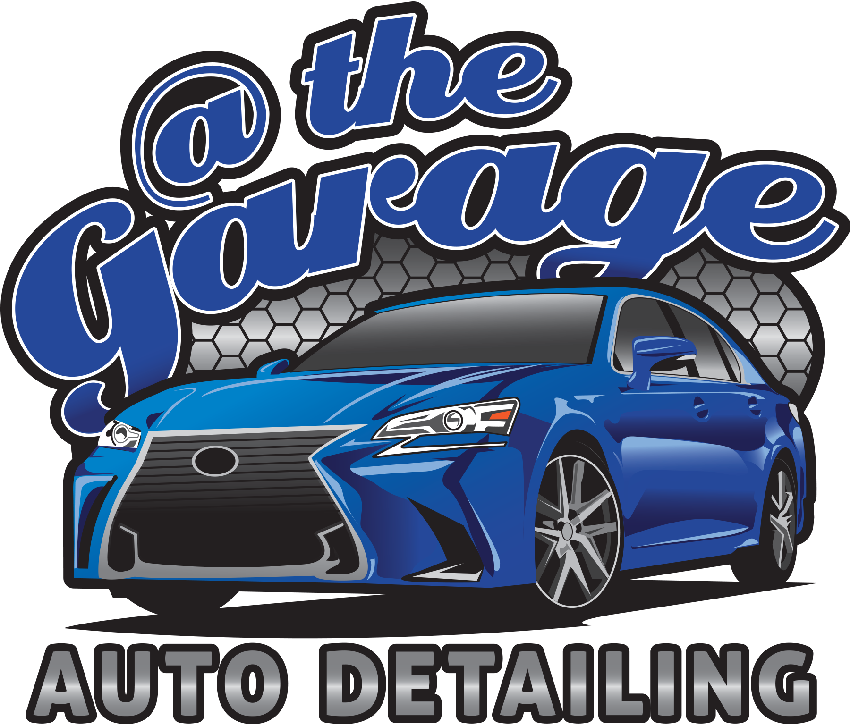
Paint Correction
Paint correction is a meticulous process designed to restore and enhance a vehicle's paintwork by removing imperfections such as swirl marks, scratches, oxidation, and other surface defects. This process involves several steps, each requiring specific tools, products, and techniques. Here’s a detailed explanation of paint correction:
What is Paint Correction?
Paint correction is the process of eliminating surface imperfections from a vehicle's paint, resulting in a smooth, reflective, and flawless finish. It involves using abrasive compounds and polishing pads to remove a small layer of the clear coat, effectively leveling the surface and eliminating defects.Steps Involved in Paint Correction
Initial Assessment
- Inspection: The vehicle's paint is inspected under various lighting conditions to identify imperfections and assess the level of correction needed.
- Paint Thickness Measurement: A paint thickness gauge is used to measure the depth of the paint and clear coat, ensuring there is enough material to work with.
- Washing: The vehicle is thoroughly washed to remove dirt, grime, and contaminants.
- Decontamination: Clay bar treatment and chemical decontamination (iron removers) are used to remove bonded contaminants from the paint surface.
- Masking: Delicate areas, such as trim, rubber seals, and emblems, are masked off to protect them during the polishing process.
- Abrasive Compounds: Heavy-cut compounds are used with aggressive polishing pads to remove deeper scratches and imperfections.
- Machine Polishing: Dual-action or rotary polishers are typically used for this step, providing the power and precision needed to cut through defects.
- Refinement: Medium and fine polishing compounds are used with softer pads to refine the surface after the cutting stage, eliminating any haze or micro-marring left by the heavy compounds.
- Enhancing Gloss: The polishing process enhances the paint's clarity and gloss, bringing out a deep, reflective finish.
- Final Polish: A finishing polish may be used with ultra-soft pads to achieve the highest level of gloss and clarity.
- Inspection: The paint is inspected again under various lighting conditions to ensure all imperfections have been removed and the desired finish has been achieved.
- Waxing or Sealing: A high-quality wax or paint sealant is applied to protect the freshly corrected paint.
- Ceramic Coating: For long-term protection, a ceramic coating can be applied, offering a durable and hydrophobic barrier.
Benefits of Paint Correction
Enhanced Appearance
- Gloss and Depth: Paint correction restores the paint’s original gloss and depth, making the vehicle look like new.
- Flawless Finish: Removes surface defects, resulting in a smooth and flawless finish.
- Resale Value: A vehicle with corrected paintwork typically has a higher resale value due to its pristine appearance.
- Showroom Quality: Achieves a showroom-quality finish, ideal for car shows or special events.
- Prevents Further Damage: Correcting and protecting the paint can prevent further damage from contaminants and environmental factors.
- Easier Maintenance: A smooth, defect-free surface is easier to clean and maintain.
Considerations for Paint Correction
Professional vs. DIY
- Skill Level: Paint correction requires a high level of skill and experience to achieve optimal results without causing damage.
- Tools and Products: Professional-grade tools and products are often required for effective paint correction.
- Time-Consuming: The process is time-consuming, often taking several hours to days depending on the level of correction needed.
- Cost: Professional paint correction can be expensive, but the investment is justified by the significant improvement in the vehicle’s appearance and value.
- Clear Coat Limitations: Excessive paint correction can thin the clear coat, reducing its protective properties and potentially leading to long-term damage.
Paint correction is a highly effective process for restoring and enhancing a vehicle's paintwork. It requires skill, precision, and the right tools to achieve a flawless finish, making the vehicle look new and maintaining its value.
